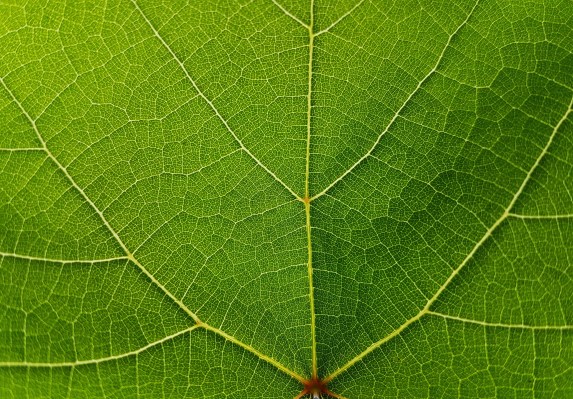CMU demonstrates nanoscale technology that causes plants to absorb nutrients with nearly 100% eff... - 2 minutes read
 Spraying plants with fertilizers and pesticides is typically a highly lossy affair — as little as 1% of the substances currently used in industrial and food production farming is actually taken up by the plant, while the rest leaches off into the soil. A new technology demonstrated for the first time by Carnegie Mellon University’s Greg Lowry and his team reverses that — causing a plant to absorb molecules with up to 99% efficiency, meaning only 1% is wasted.
Spraying plants with fertilizers and pesticides is typically a highly lossy affair — as little as 1% of the substances currently used in industrial and food production farming is actually taken up by the plant, while the rest leaches off into the soil. A new technology demonstrated for the first time by Carnegie Mellon University’s Greg Lowry and his team reverses that — causing a plant to absorb molecules with up to 99% efficiency, meaning only 1% is wasted.There are efficiency improvements, and then there are technology demonstrations that could completely upend current methods of doing things — like this one. Lowry’s research, which has been demonstrated as outlined in a peer-review publication now available in Nanoscale Communications, makes use of nanoparticles to coat molecular substances that you would want to be absorbed by a plant. These could include nutrients designed to optimize growth and crop yields, for instance, or pesticides that could protect them from destructive bugs and infestations.
We covered this work last year, when it was still just at the pre-demonstration stage — now, Lowry’s team has shown that you can indeed engineer nanoparticles specifically to target pores on the surface of a leaf. Essentially, it’s like custom-creating Lego blocks for receptors on the leaf’s surface and then tying the nutrients you want to deliver to those custom Lego blocks for a perfect fit.
This demonstration bears out the team’s hypothesis, which sets the stage for potential further development and, eventually, commercial application. The biggest potential commercial use of this technology could be in pesticides, as it’s estimated that as much as 40% of potential crop yield is still lost to plant disease that’s preventable with effective use of pesticides that can block them from entering through pores on leaves. They could also improve absorption of plant food and fertilizer designed to stimulate growth, and potentially these two uses could be combined into a single “dose” of nanoparticles that can do double duty, with great potential to increase plant and crop output.
Source: TechCrunch
Powered by NewsAPI.org